"Many customers saw the sign saying porridge... and mistook it for the owner's name. Some people thought the porridge was lumpy when they saw white flour strands in the pot of porridge," said Mr. Don.
According to Mr. Don, porridge is a unique dish in Ha Mo commune (Dan Phuong district, Hanoi ). During a trip here, he enjoyed a bowl of hot porridge and was impressed with the taste and way of eating this porridge.
Therefore, he learned how to make porridge to open a shop in the city center, introducing traditional cuisine to more people.
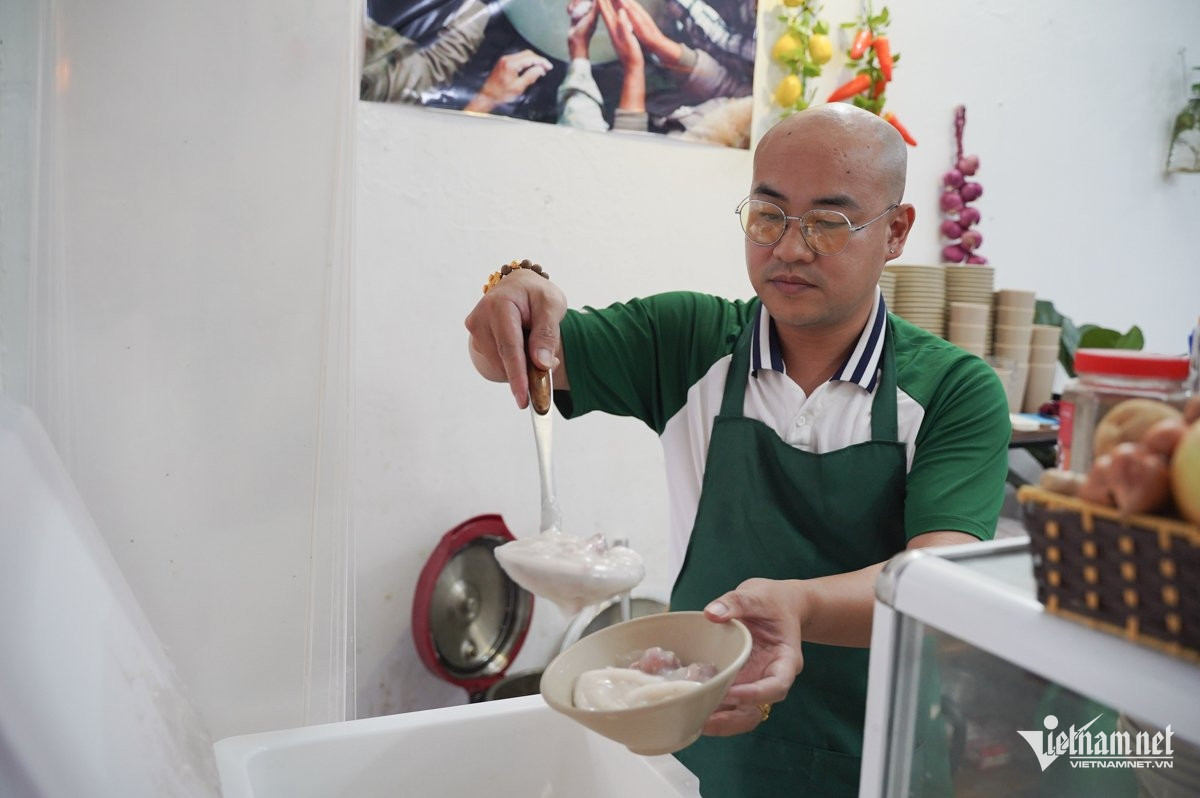
The chef must choose good quality rice, wash it, and soak it in water for 12 hours. When the rice is soft, it will be ground into a fine liquid. They use a filter cloth or put the liquid into a thick cloth bag, hang it up high to drain the water, and get a soft, smooth, and white powder.
According to the restaurant owner, the broth is simmered from pork bones, especially the tail bones, for 3-4 hours, to create a sweet taste and nutrients. The chef must continuously skim off the foam to keep the broth clear. The meat on the bones, after being simmered, will be filtered to be cooked with porridge later.
When the pot of broth boils, the chef turns down the heat, quickly takes a large handful of dough, places it in the palm of his hand, kneads it a few times until it becomes round, then begins to roll it into strips of dough.
The chef uses both hands to roll the dough over and over again so that it flows into the boiling broth. The dough strands are as thick as chopsticks and are even. After rolling the dough, the chef skillfully stirs the pot of porridge so that the strands blend into the broth without breaking, breaking, or clumping.
When the noodles are cooked, to achieve the perfect consistency for the porridge, they will mix in some of the previous rice flour into the pot. When the porridge is cooked, the noodles will turn clear white and there will be no more flour core.
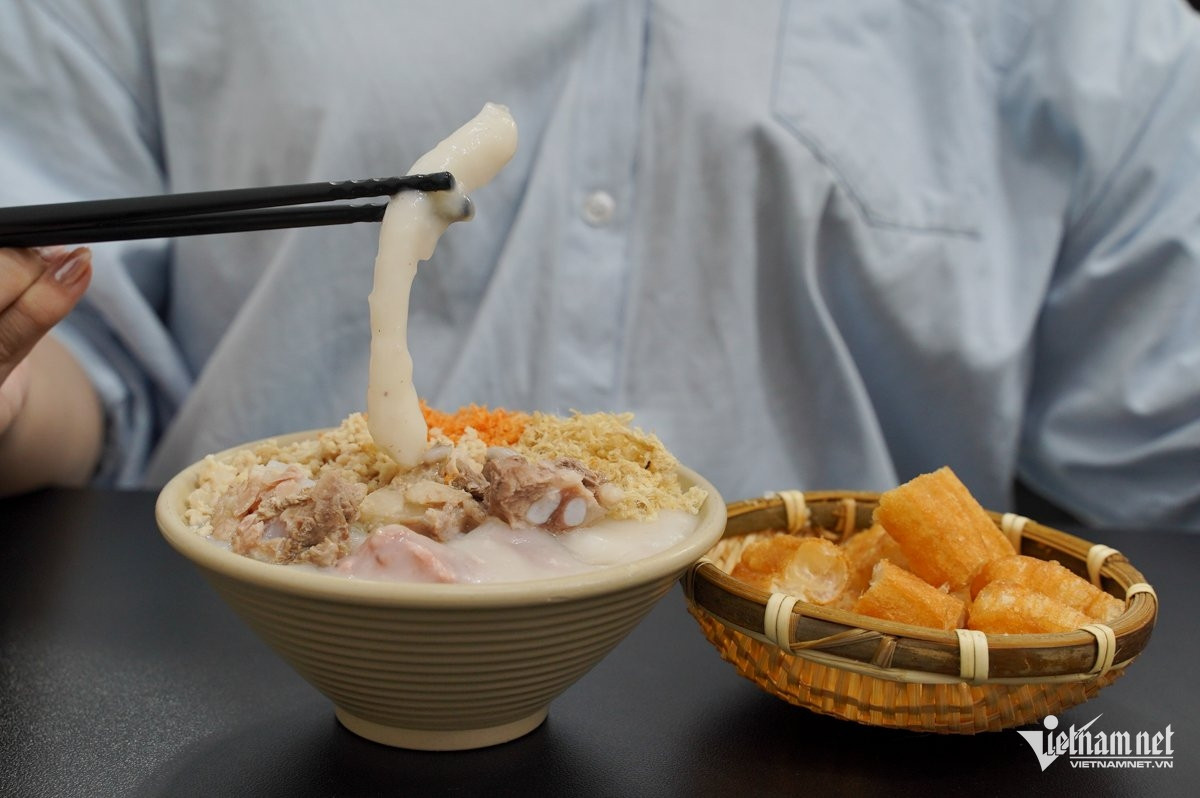
The porridge is served to diners while it is still hot, steaming, sprinkled with a little pepper. Diners use chopsticks to pick up each strand of porridge, feeling the softness and rich sweetness of the stewed bones.
The owner said that he and his staff had to start making the porridge from 3am. Although the restaurant has only been open for more than 2 months, it has attracted quite a few customers.
The busiest times are 11:30 - 13:30 and 17:30 - 19:30. Each day, the facility in Thai Ha can sell about 100 - 150kg of porridge, equivalent to 4-5 pots.
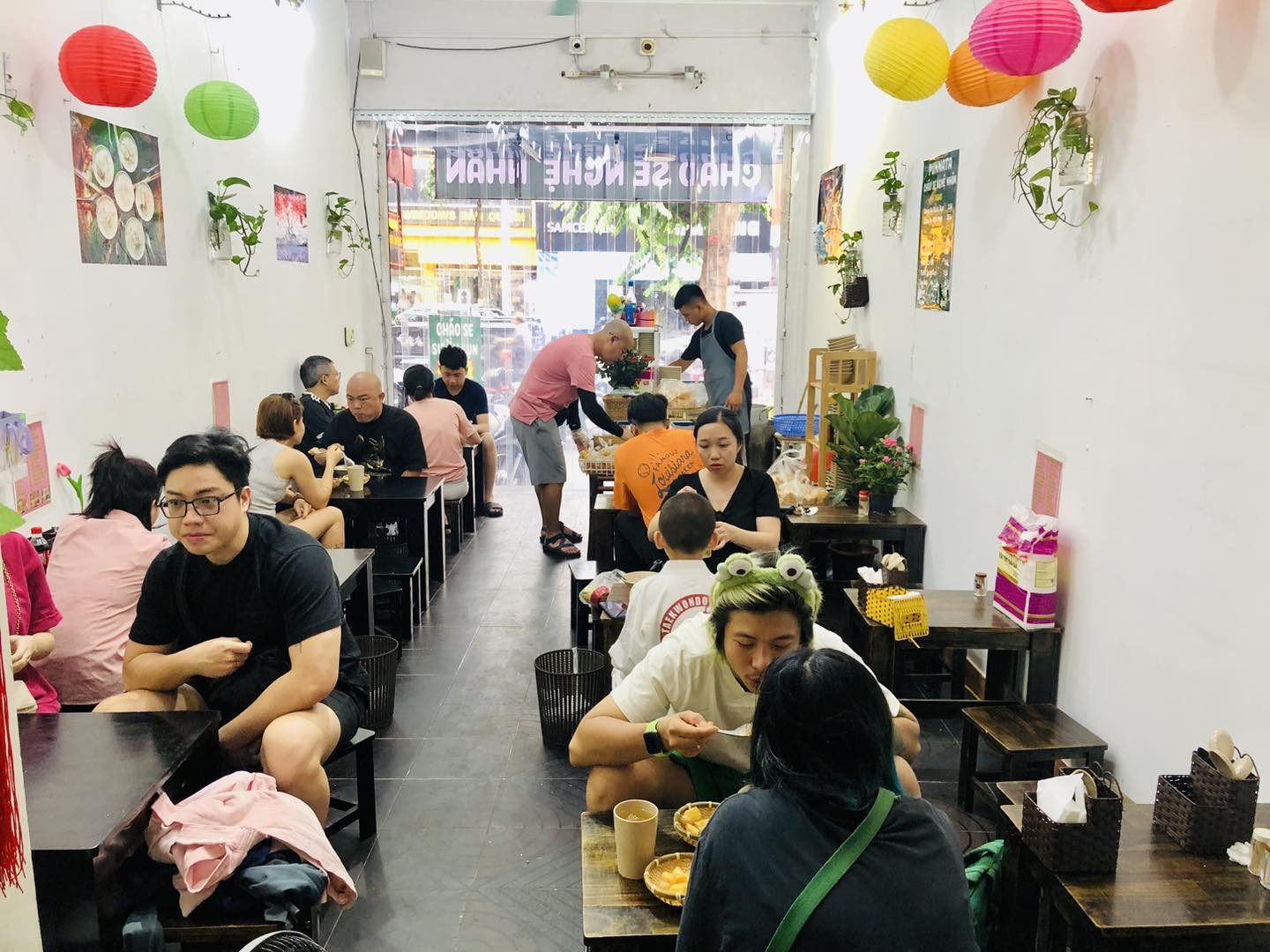
Mr. Nguyen Van Bang ( Nam Dinh ) has eaten here several times because the porridge suits his taste. "I find this dish delicious, the ingredients blend together.
Personally, I find this flour noodle quite strange. When eaten, it feels chewy and fatty, but the flavor is not too special. The cartilage ribs are cleaned and have no bad smell," Mr. Bang shared.
Mr. Nghia (Thanh Tri, Hanoi) enjoyed this porridge for the first time and said: "I was invited here to eat by a friend but I didn't have much expectation.
However, when I tasted it, I was quite surprised. I found this dish similar to Hanoi rib porridge, but with the addition of soft, chewy rice noodles as a highlight. When I learned that this is a traditional dish from the Doai region, I found it even more interesting."
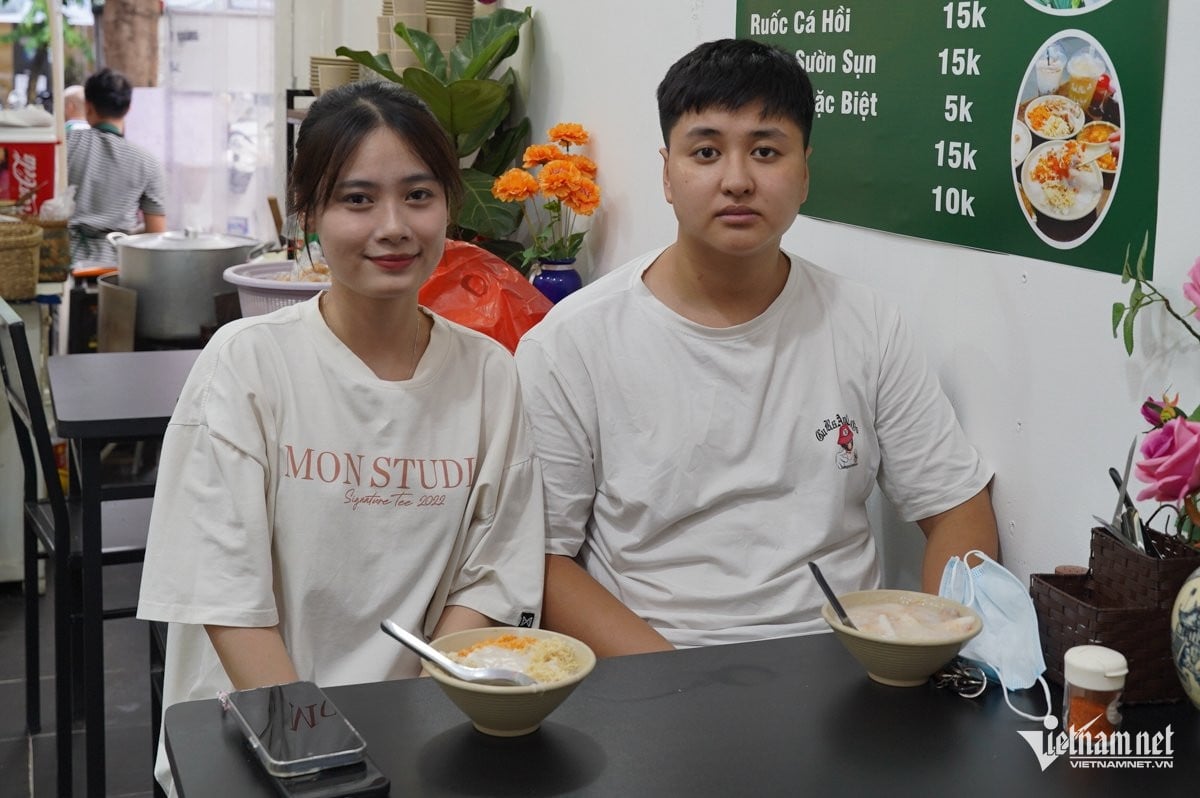
According to many diners in culinary groups, this restaurant has the advantage of being clean, serving quickly, enthusiastically, and having a variety of side dishes with porridge.
The stewed bones and fresh cartilage ribs have no bad smell. Se porridge is not commonly sold in Hanoi, so many people are curious to try it.
However, according to many reviews, the taste of porridge here is not as authentic as in Dan Phuong due to many variations. The taste is not too special. Except for the porridge powder, the rest is similar to rib porridge.
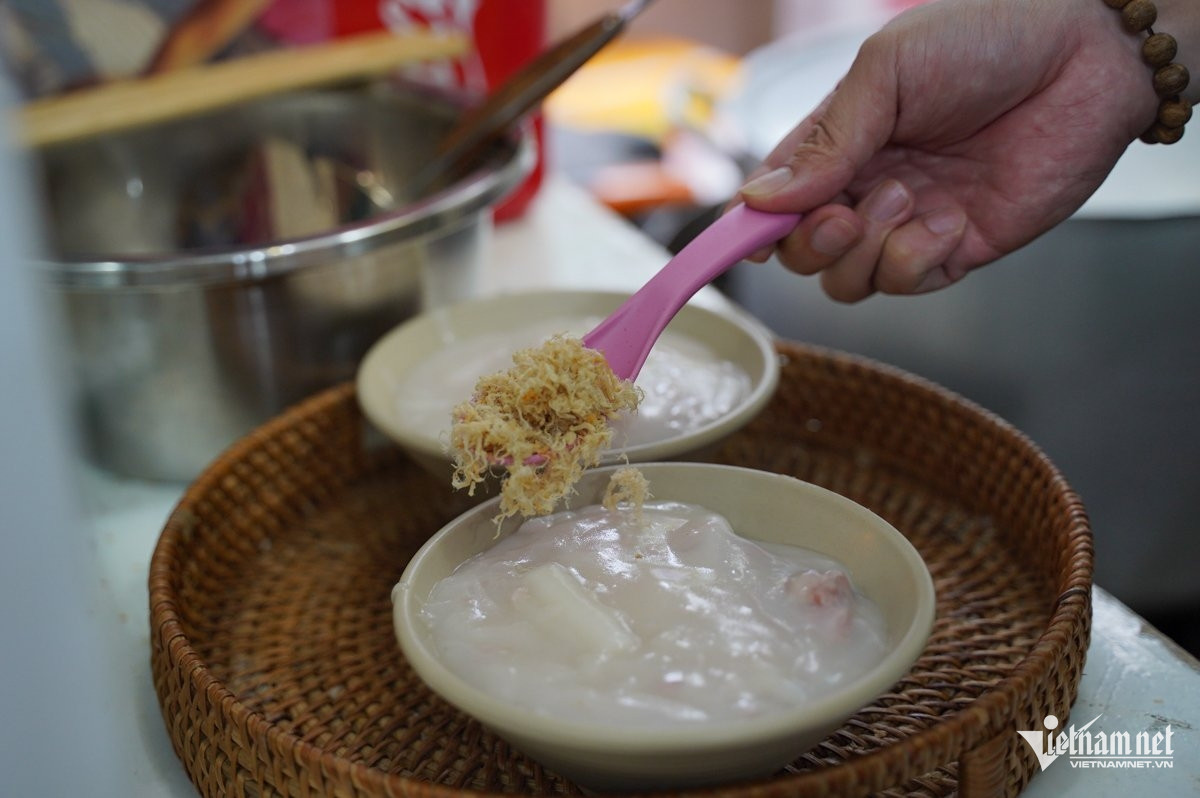 | 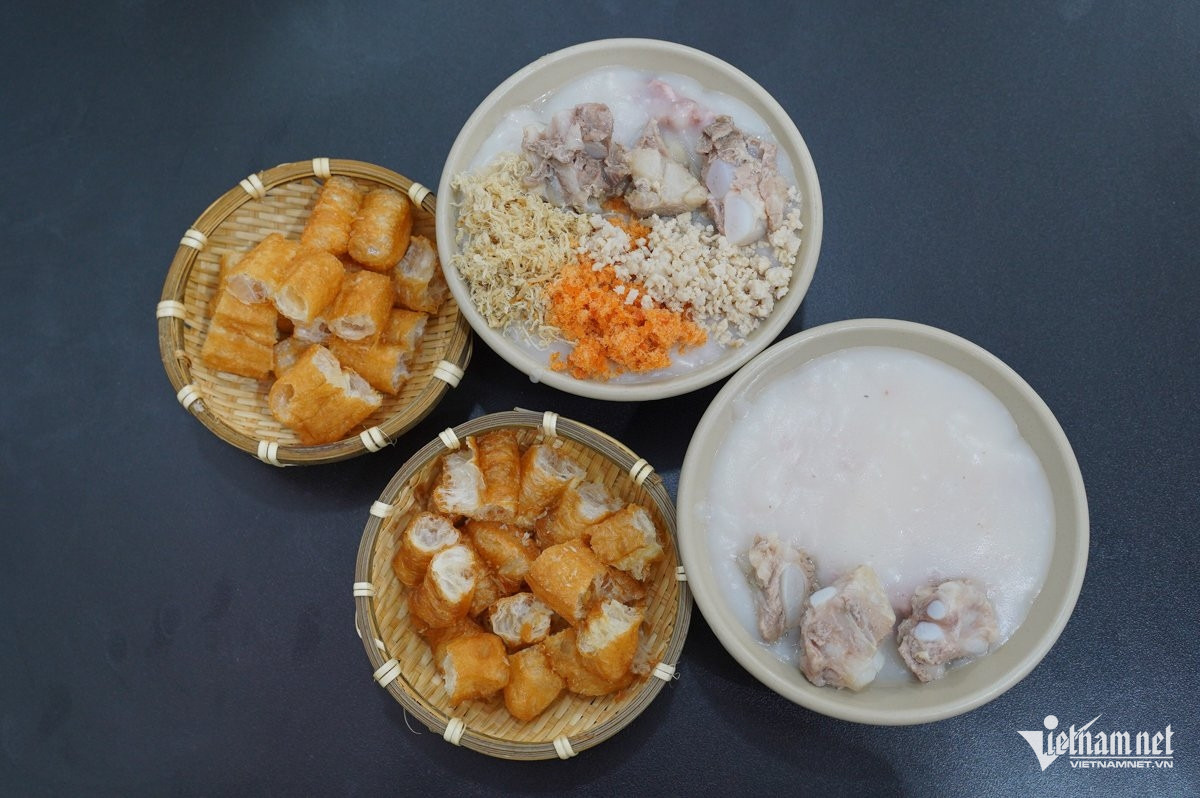 |
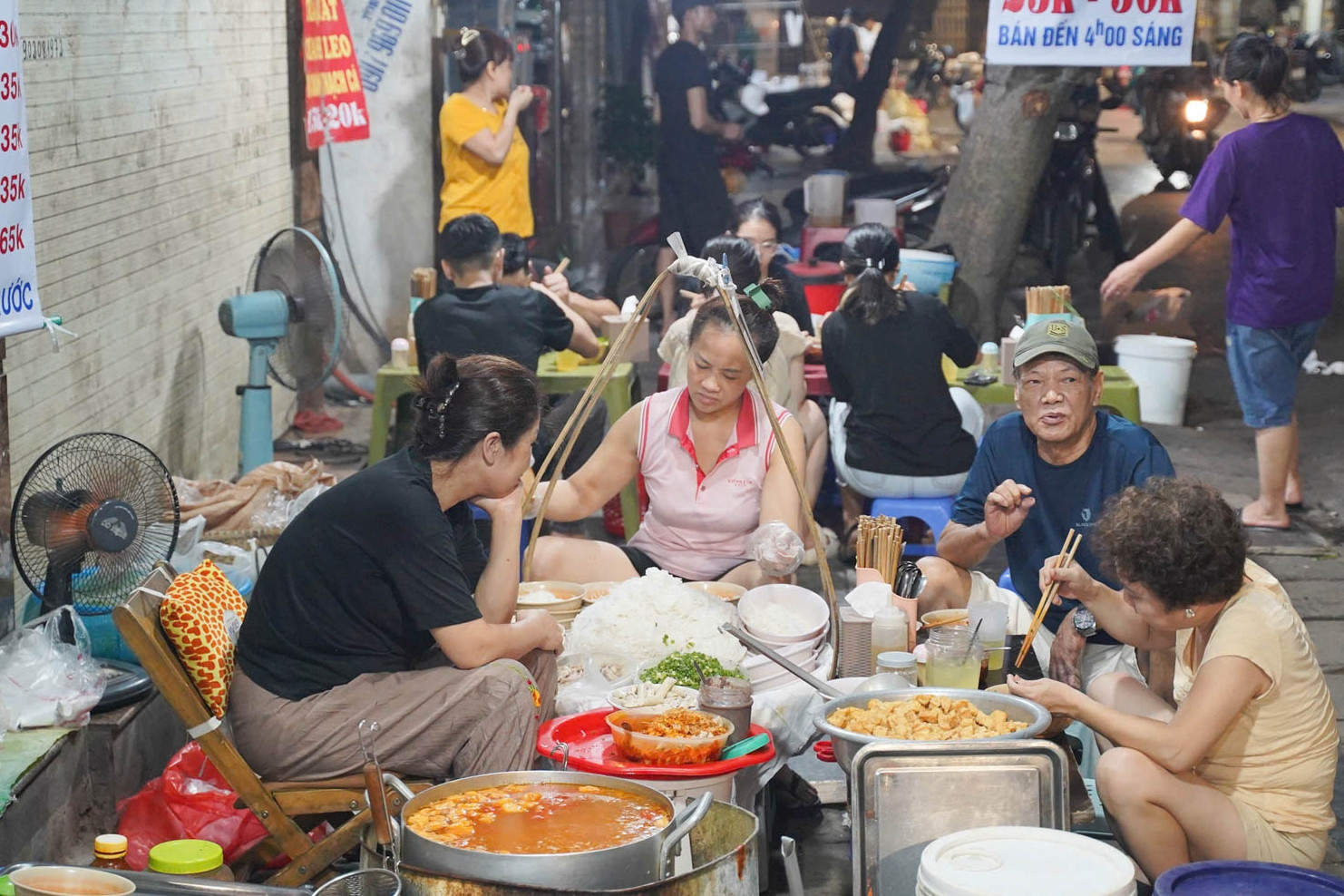
Source: https://vietnamnet.vn/chu-quan-ha-noi-ban-mon-chao-la-khach-muon-an-phai-dung-dua-2311039.html






![[Photo] General Secretary To Lam attends the 80th anniversary of Vietnam's diplomacy](https://vstatic.vietnam.vn/vietnam/resource/IMAGE/2025/8/25/3dc715efdbf74937b6fe8072bac5cb30)


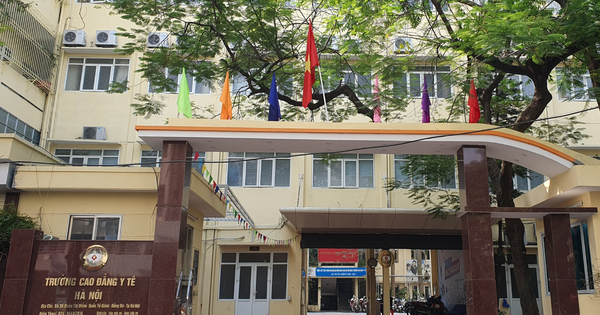






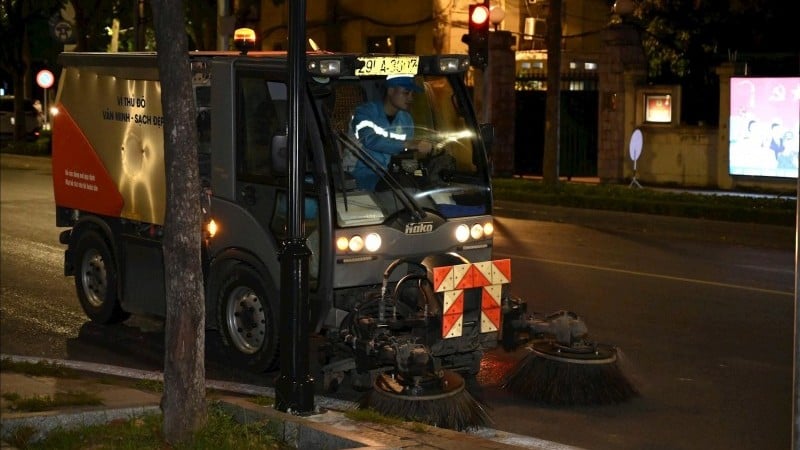
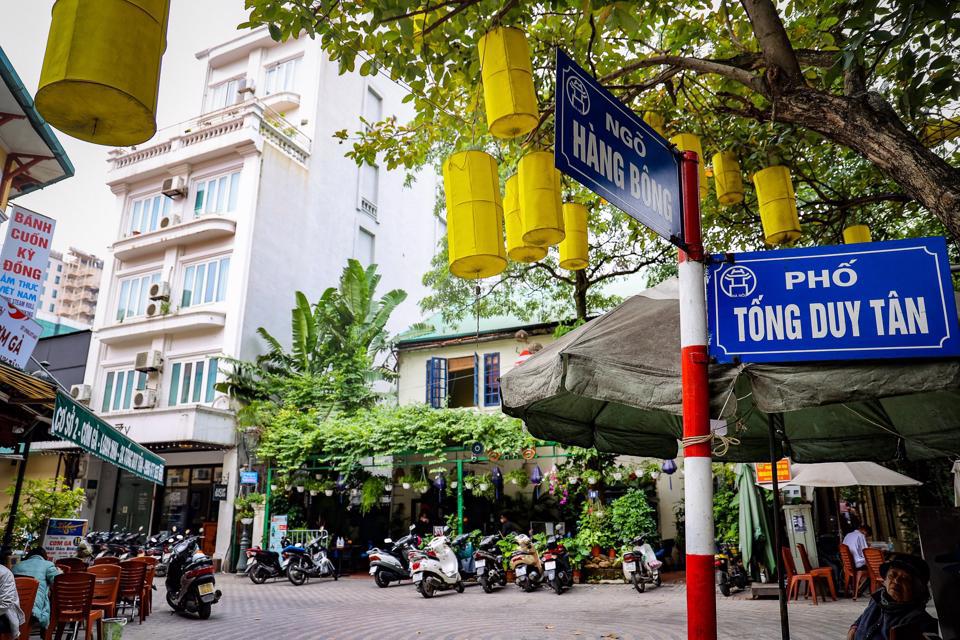

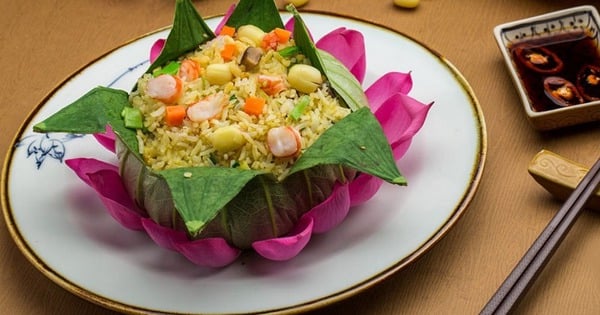



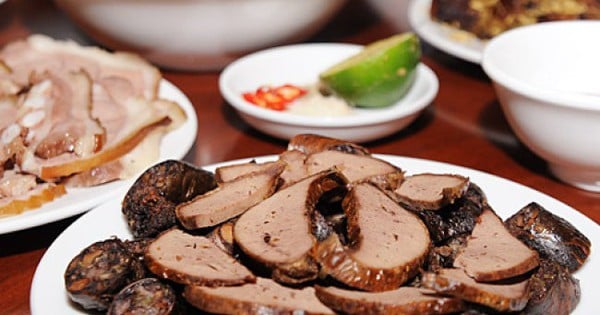
















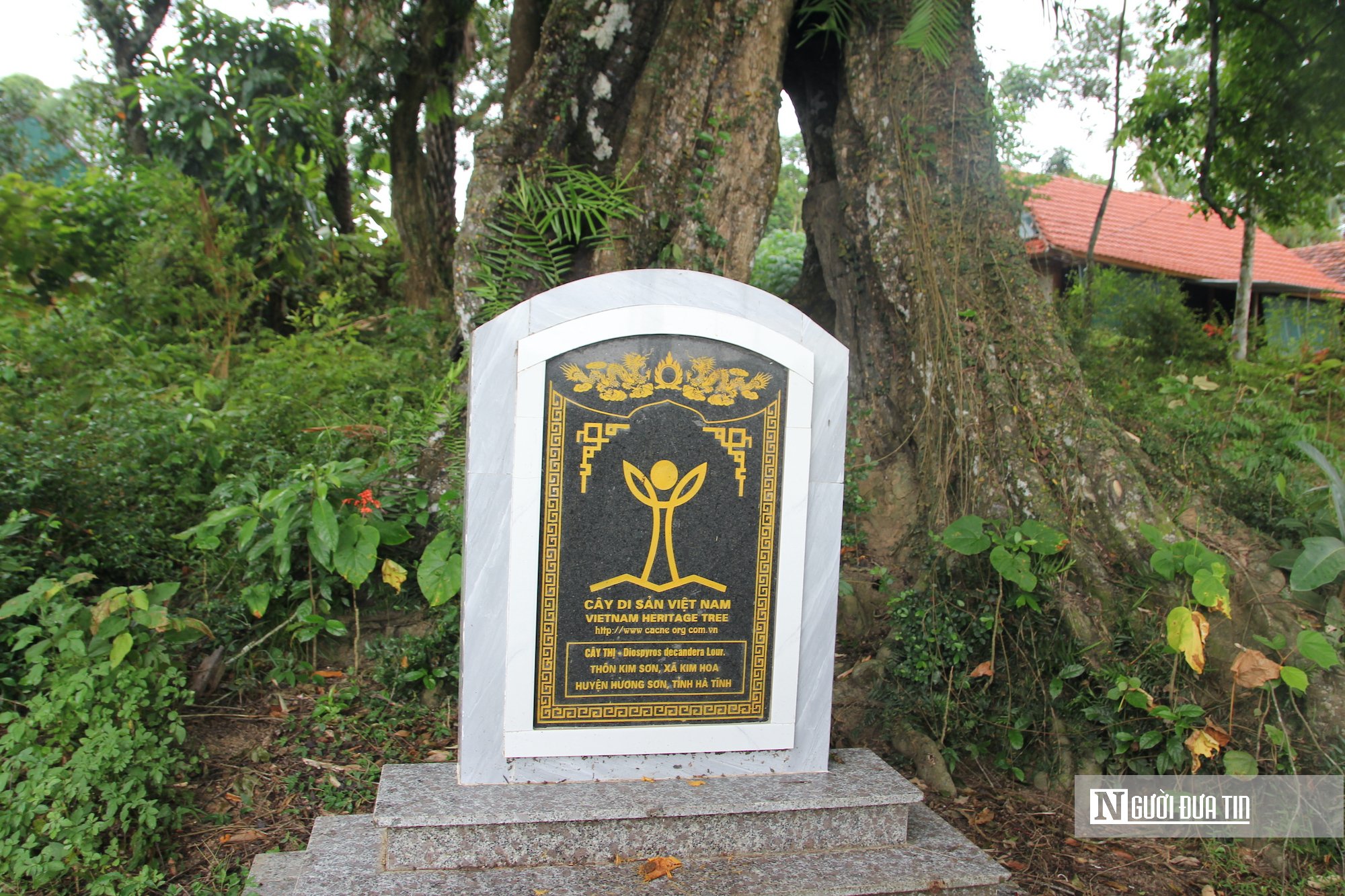

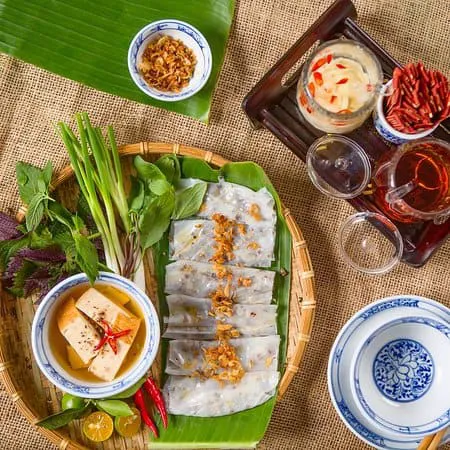



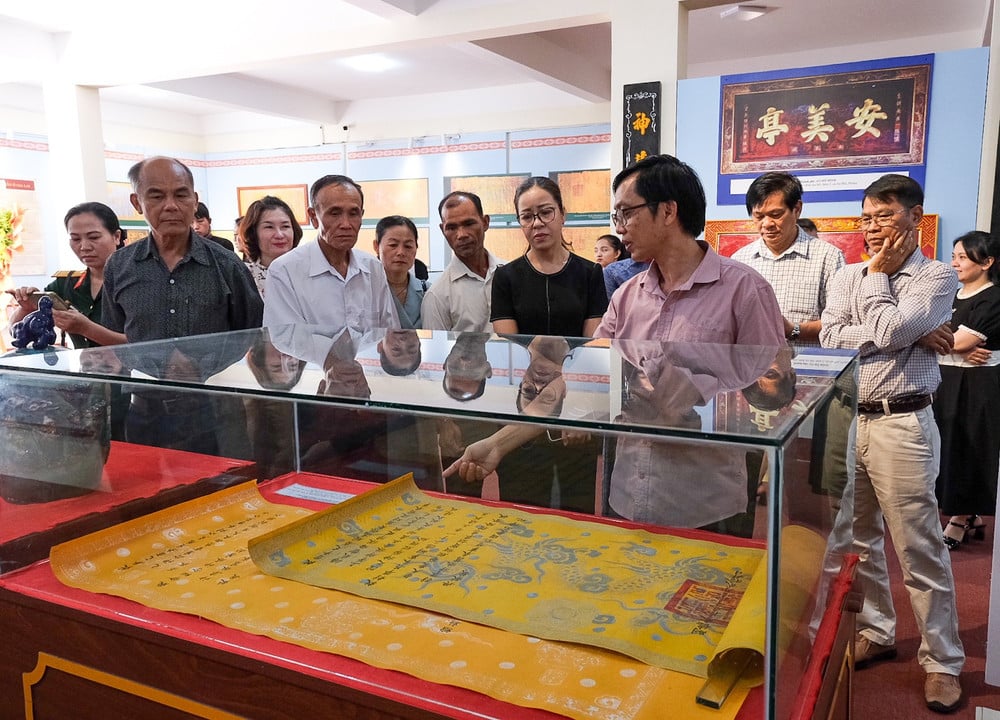








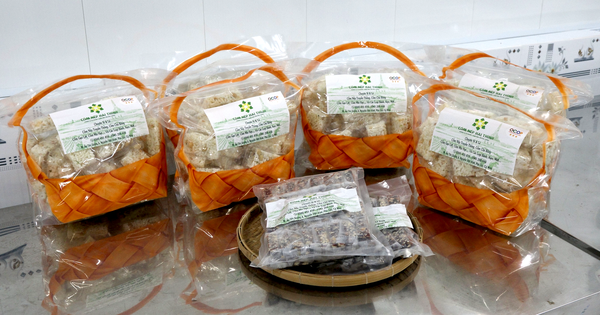

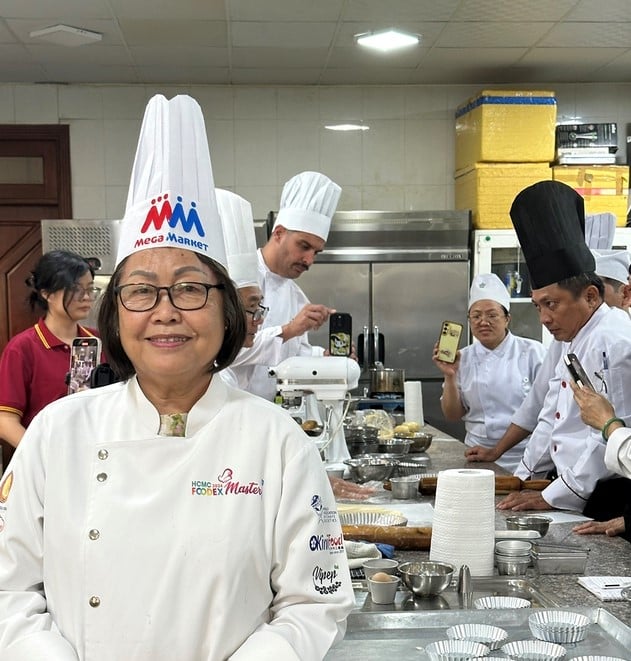



























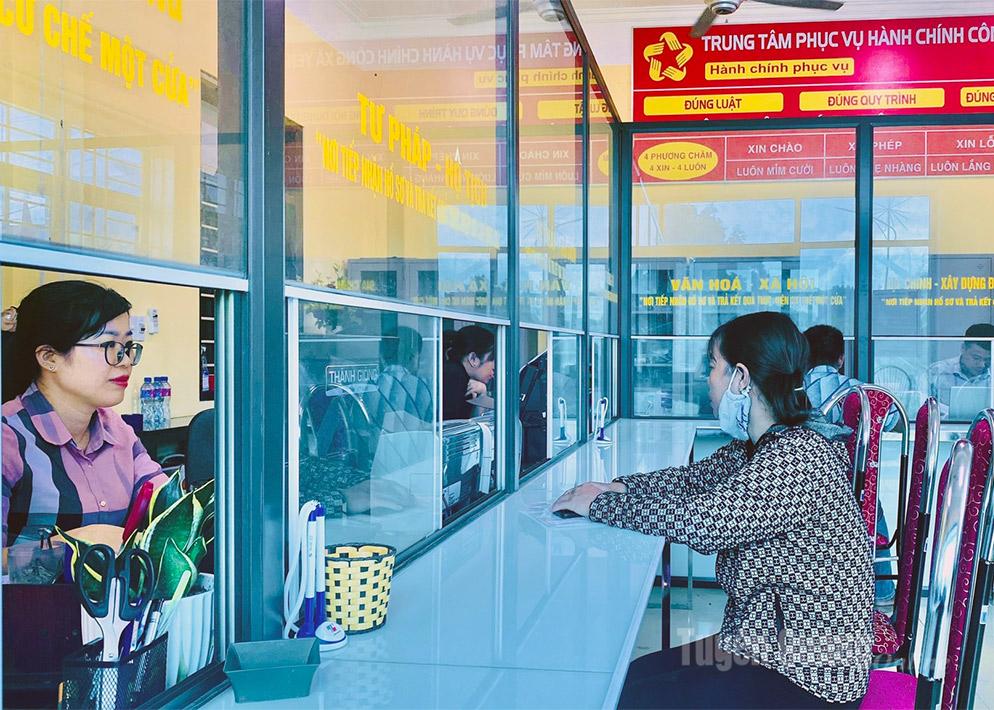

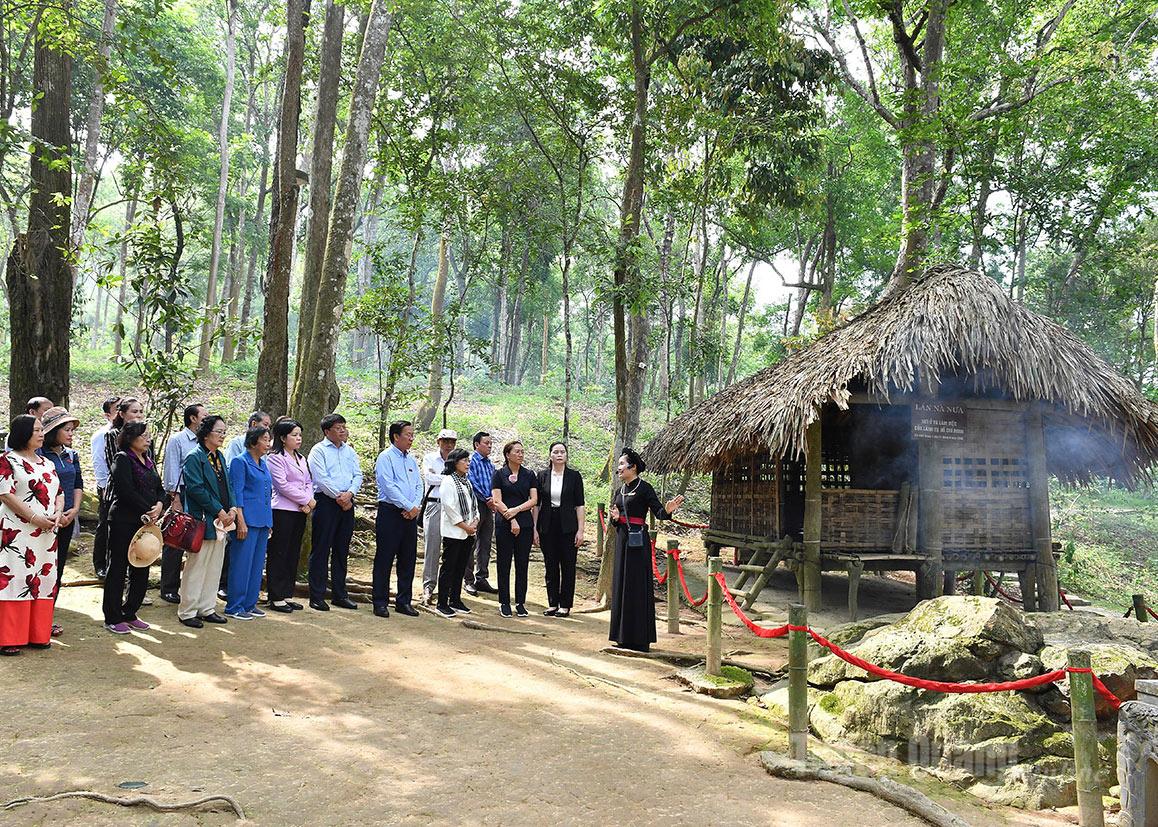









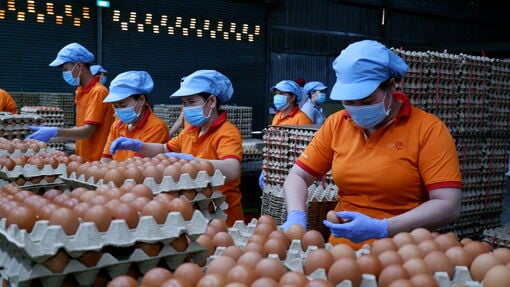


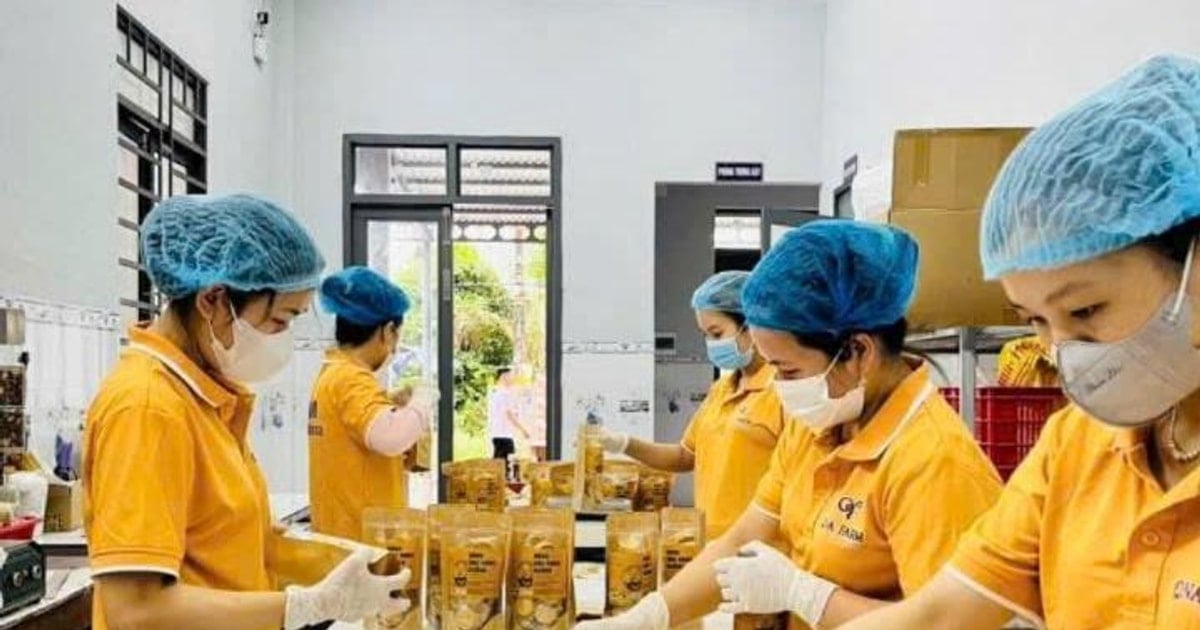








Comment (0)